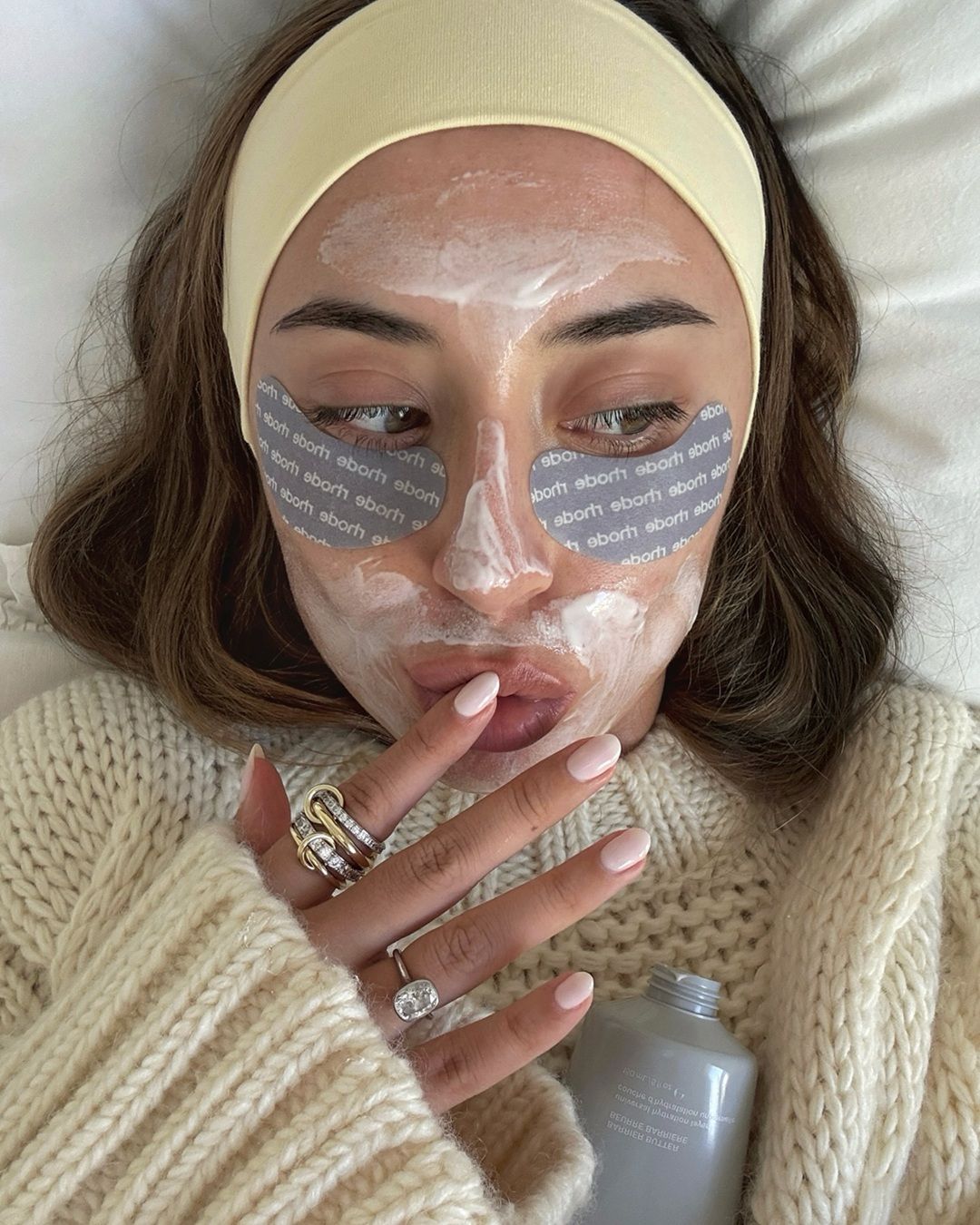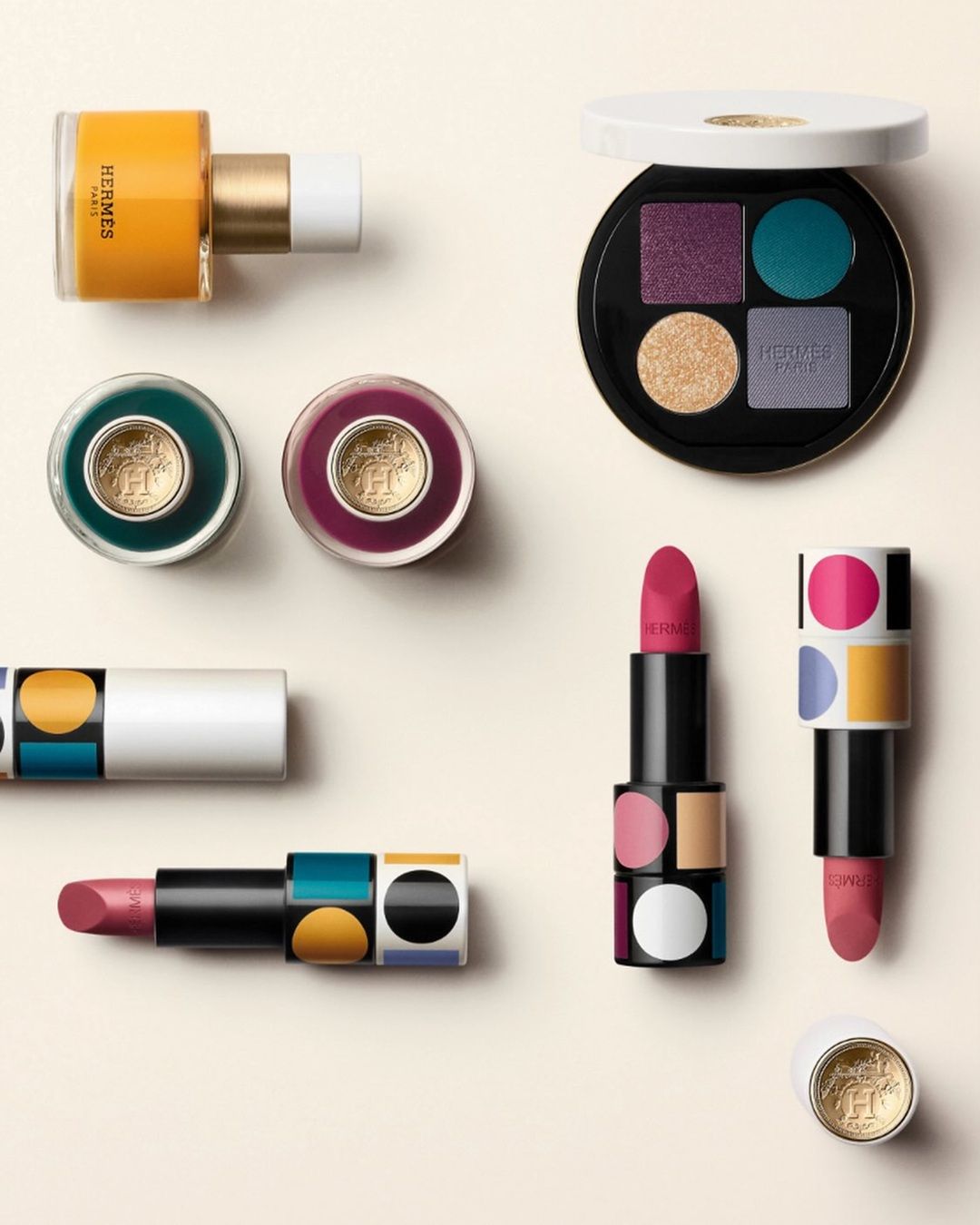
The rise of ferulic acid What are the benefits and how to introduce this powerful ingredient into your skincare
Skincare can be a gesture of self-love, but it can also become an obsession that makes us slaves to trends and products we don't really need. We're attentive to every new release, every beauty elixir promising a brighter, younger, more perfect appearance. Before we know it, our bathroom cabinets are filled with creams, toners, serums, cleansers, and masks, gathering what, after hours of browsing social media and reading reviews, we've determined to be the best formulations for our needs. Thus, we've started collecting bottles and learning names like hyaluronic acid, retinol, resveratrol, or peptides. The two words to know now are simply: ferulic acid. This natural ingredient - found in many plant-based ingredients - offers multiple benefits and properties for the skin, enough to become the star of a growing number of cutting-edge anti-aging products, fulfilling the dream of having a single multi-functional product that can satisfy (and maybe shorten) our beauty routine.
What is Ferulic Acid?
Ferulic acid is a plant-based antioxidant named after Ferula, a genus of perennial herbaceous plants. It's found in a wide variety of common foods like oats, rice, bran, tomatoes, eggplants, spinach, barley, citrus fruits, coffee, grapes, parsley, and apple seeds. Why does it matter in cosmetics? Because of its low toxicity, making it ideal even for the most sensitive and delicate skins, and especially for its multiple properties, including anti-inflammatory, antioxidant, antimicrobial, and skin barrier strengthening.
What Does Ferulic Acid Do?
The most well-known function for which ferulic acid is used in cosmetics is its ability to fight free radicals, responsible for premature skin aging. Its antioxidant action is very useful for protecting against environmental stressors, including pollution, UV rays, and blue light. It acts as a protective shield that makes the skin smoother, more elastic, compact, and the complexion more uniform, reducing fine lines, lightening any dark spots, promoting collagen production, and strengthening the skin barrier. Used in creams and serums, often in combination with vitamins C and E, it works on multiple levels and, in addition to smoothing wrinkles, reshapes the face contour, regulates melanin production reducing the risk of dark spots, counteracts sun-induced inflammation, and enhances the skin's natural radiance.
How to Use Ferulic Acid on Our Face for Summer 2024
Being gentle enough to be well tolerated by sensitive skin, ferulic acid can be easily incorporated into daily skincare in the form of serum and/or cream, where it typically ranges from 1 to 3% (for the product to be truly effective, it should contain at least 3% ferulic acid). Experts recommend using it every morning, as this is when you're most likely to encounter environmental aggressors. Apply it after cleansing and before moisturizing. If you prefer to use it in your evening skincare routine, a few drops all over the face every other night are enough to give your skin a touch of radiance. Ferulic acid works excellently with other beauty ingredients, such as squalane and lactic acid, but especially with vitamins C or E, retinol, or resveratrol. It's increasingly found in sunscreen formulations too. The more you know!
























































